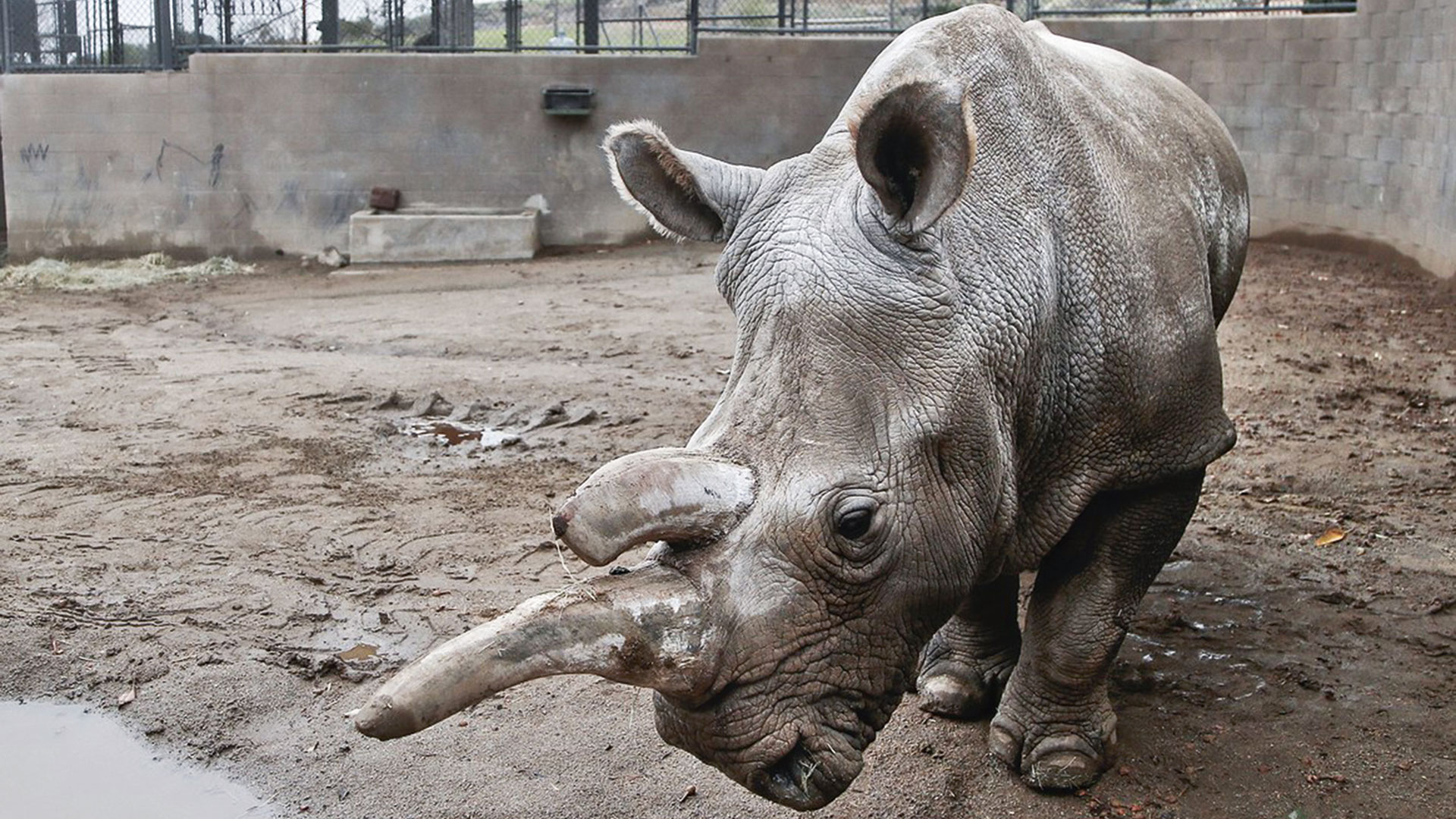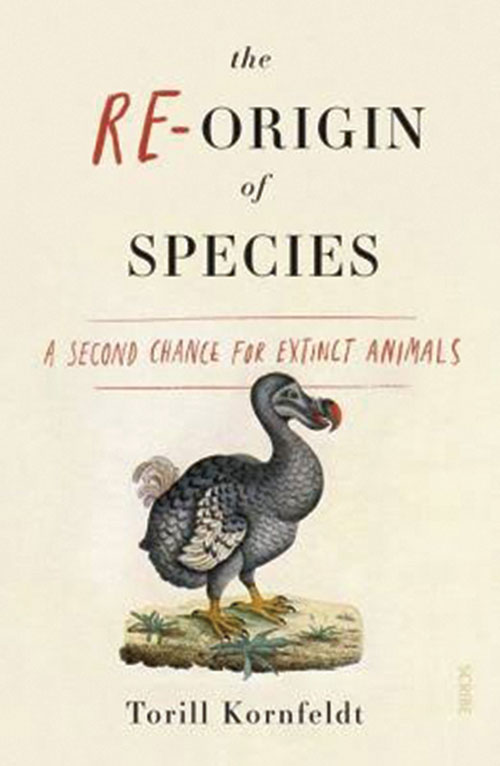I met Nola in the spring of 2015. Though rotund and rather cumbersome, her movements were dignified and majestic. She had no real worries in life; she loved apples and relished a back scratch.
People are fascinated by endings, boundaries, the last of a line. Maybe that explains why I felt so moved as I watched the monumental rhinoceros take a leisurely stroll. When I visited her at San Diego Zoo in southern California, there were only four northern white rhinos left in the world. When Nola passed away in November 2015, that left three, and after Sudan died, last male, died, there are now just two, Najin and Fatu, both female and both unable to bear calves. No more northern white rhinos will be born by natural means.
It is mainly poaching that has killed the northern white rhinoceros. Rhino horn commands as high a price on the black market as cocaine or gold. Some horns are used in alternative medicine; others are turned into the shafts of ornate knives or other decorative artefacts.
“Most people agree we have a responsibility to our children and grandchildren, and that maybe we aren’t responsible for the generations that may live tens of thousands of years in the future. But the decisions we take today will have consequences for that sort of length of time,” says Oliver Ryder in his office, a few hundred metres away from Nola. A researcher, he’s responsible for the zoo’s genetics department.
Six large containers hold tens of thousands of small test tubes full of cells, eggs, sperm, and a few embryos from about a thousand species of animals.
Oliver is not just talking about the fact that species are dying out at an alarming rate today and that the Earth’s biodiversity is steadily shrinking. He’s also talking about how the decisions we take could make the world better and help save species. Although the northern white rhino is already extinct in practice, that doesn’t mean all hope is lost. Here another quite different kind of zoo exists, packed in plastic tubes and immersed in liquid nitrogen. Six large containers hold tens of thousands of small test tubes full of cells, eggs, sperm, and a few embryos from about a thousand species of animals. When Oliver opens one of the containers, cold vapour from the liquid nitrogen wafts out, and he needs the thick purple rubber gloves he has on to protect his hands from injury. Slowly, he lifts out the receptacle containing cells from 12 northern white rhinos.
“Any attempt to revive an animal species must involve living cells. Many people are obsessed by genes. But you can’t create life from DNA alone,” says Oliver .










